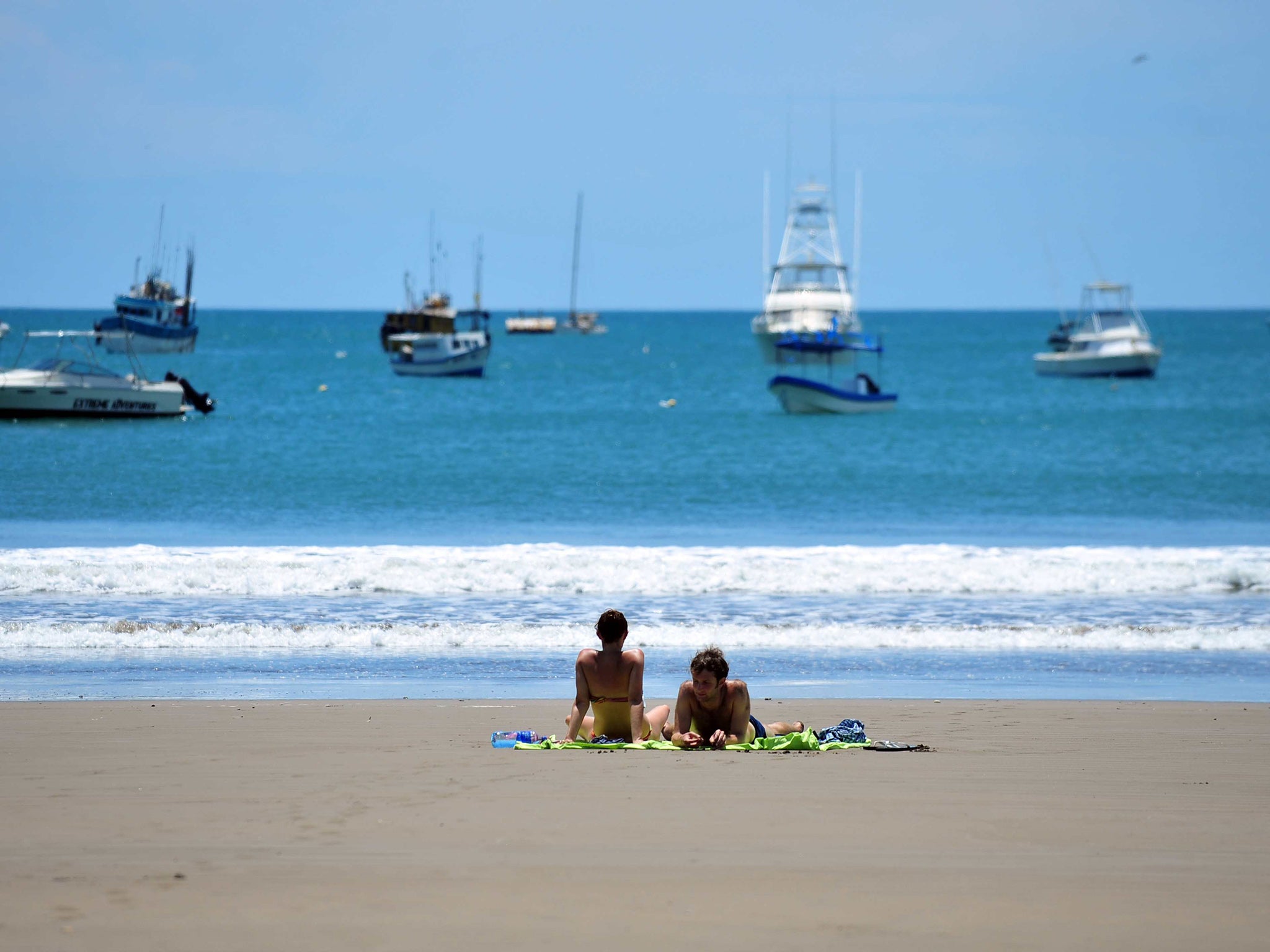Source of world's biggest pool of underwater greenhouse gas discovered by scientists
Vast amounts of methane are trapped in a layer of the Pacific Ocean stretching from Central America to Hawaii but it could be released if the water is disturbed

Your support helps us to tell the story
From reproductive rights to climate change to Big Tech, The Independent is on the ground when the story is developing. Whether it's investigating the financials of Elon Musk's pro-Trump PAC or producing our latest documentary, 'The A Word', which shines a light on the American women fighting for reproductive rights, we know how important it is to parse out the facts from the messaging.
At such a critical moment in US history, we need reporters on the ground. Your donation allows us to keep sending journalists to speak to both sides of the story.
The Independent is trusted by Americans across the entire political spectrum. And unlike many other quality news outlets, we choose not to lock Americans out of our reporting and analysis with paywalls. We believe quality journalism should be available to everyone, paid for by those who can afford it.
Your support makes all the difference.The source of the world’s biggest underwater pool of the powerful greenhouse gas methane has been discovered in the Pacific Ocean by a team of scientists.
The discovery could have implications for humans’ use of the sea as any disturbance could send large amounts of the gas into the atmosphere, contributing to climate change.
Methane’s warming effect is 25 times more powerful than carbon dioxide, but there is less of it and it does not last as long in the atmosphere.
There is concern that as the world warms stores of methane frozen in the Arctic tundra and at the bottom of the sea bed could be released, leading to runaway global warming.
But high levels of methane are also being discovered in the water column across vast areas of the ocean.
The largest pool of this methane-rich water – containing up to 50 times the normal amount of the gas – stretches from the coast of Central America to Hawaii.
Researchers from Queen Mary University of London (QMUL) spent six weeks on board the RSS James Cook looking for the source of the methane.
They found that it is produced mainly by bacteria in the seabed that thrive in low-oxygen conditions also found in this part of the ocean.
The highest levels were found in a band of water extending from about 300 to 500 metres deep.
Dr Felicity Shelley, one of the QMUL team, told The Independent: “If that was at the surface it would be coming out of the water pretty quickly.
“The way the ocean works it is unlikely to ever get to the surface.”
However she said it was thought that such oxygen-minimum zones, known as OMZs, would get thicker and closer to the surface as the world warms due to climate change.
And human activity, like dredging, trawling or installing oil platforms, could potentially stir up the sea and move some of the methane-rich water to the surface.
This area of the Pacific is a naturally occurring OMZ, where fish and other animals cannot survive.
But these areas can also be artificially created if large amounts of fertiliser are dumped in the water. There is one, for example, at the mouth of the Mississippi River.
This means that humans could not only be killing off marine life by creating such oxygen-low areas but creating significant amounts of methane.
Dr Shelley said their findings highlighted how little scientists know about the sea and its effect on the climate.
“There’s so little data out there. The fact we have found so much with so little effort just makes you wonder how much we don’t know about the ocean,” she said.
“I think it shows that we don’t know very much about the concentration of greenhouse gases in the ocean globally.
“If we did that may help plug some gaps in the carbon cycle models.”
The research was detailed in a paper in the International Society for Microbial Ecology’s journal.
Join our commenting forum
Join thought-provoking conversations, follow other Independent readers and see their replies
Comments